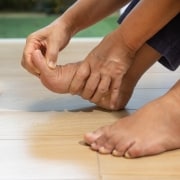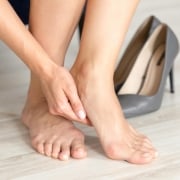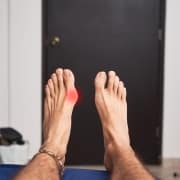When Should I See a Doctor About my Ingrown Toenails?
Ingrown toenails can be a painful and uncomfortable condition. They occur when the nail grows into the skin around the nail bed. While many people can treat mild cases of ingrown toenails at home, there are times when it is necessary to seek medical attention.
The skilled team at Dr. Jefferey Lamour DPM, PA, of Austin, TX, is proud to serve the local community with definitive therapy and techniques to restore confidence in their abilities.
When Should I See a Doctor About my Ingrown Toenails?
Ingrown toenails can be a painful and uncomfortable condition. They occur when the nail grows into the skin around the nail bed. While many people can treat mild cases of ingrown toenails at home, there are times when it is necessary to seek medical attention.
What are Ingrown Toenails?
Ingrown toenails can be caused by various factors, including improper nail trimming, wearing tight shoes, and trauma to the toe. The condition can cause pain, swelling, redness, and even infection. In severe cases, an ingrown toenail may require surgery to remove a portion of the nail or the entire nail.
Signs of Severe Infection
While mild cases of ingrown toenails can often be treated at home, signs of severe infection require medical attention. These signs include:
- Pus or drainage coming from the nail bed
- Redness and swelling which do not go away after a few days
- Increased pain, even after taking pain medication
Your Local Trusted Podiatrist
If you experience these signs, seeking medical attention as soon as possible is essential. A doctor will be able to assess the severity of the condition. During your next consultation with the trained team at Dr. Jefferey Lamour DPM, PA, of Austin, TX, you can be sure you are receiving the proper care and guidance you deserve.








